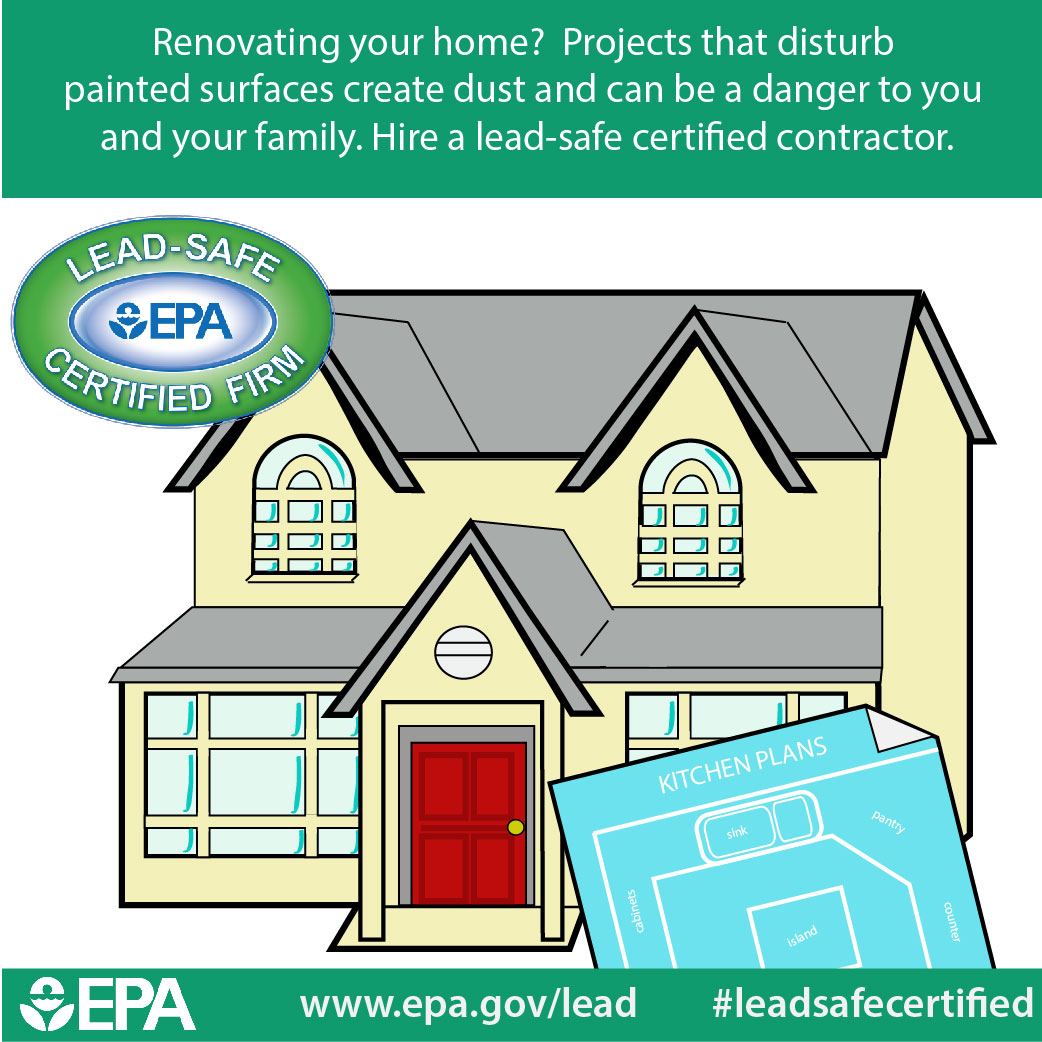Examine The Duty Of Seasonal Consider The Success Of Business Outside Paint And Discover The Best Times To Secure Long-Term Outcomes For Your Job
Examine The Duty Of Seasonal Consider The Success Of Business Outside Paint And Discover The Best Times To Secure Long-Term Outcomes For Your Job
Blog Article
Written By-Ford Celik
When you're intending a business outside paint job, seasonal aspects can make or damage your outcomes. You'll want to consider how temperature level and humidity effect paint application and drying times. Selecting the best season can ensure your paint sticks correctly and lasts much longer. Yet which periods are truly the most effective for this type of job? Let's discover the key elements that can affect your job's success.
The Influence of Temperature Level on Paint Application
When you're planning an industrial outside painting task, the temperature level can dramatically influence exactly how well the paint adheres and dries.
Preferably, you intend to paint when temperatures range between 50 ° F and 85 ° F. If it's too cold, the paint might not cure correctly, causing issues like peeling or cracking.
On the other side, if it's too warm, the paint can dry out also promptly, stopping appropriate bond and causing an unequal finish.
You need to additionally take into consideration the time of day; morning or late afternoon provides cooler temperature levels, which can be extra positive.
Always inspect the supplier's recommendations for the particular paint you're utilizing, as they frequently give guidance on the excellent temperature level variety for ideal outcomes.
Moisture and Its Effect on Drying Times
Temperature isn't the only environmental factor that affects your industrial external paint task; humidity plays a considerable duty too. High moisture levels can reduce drying out times drastically, influencing the general top quality of your paint job.
When the air is saturated with moisture, the paint takes longer to heal, which can result in issues like inadequate bond and a greater threat of mildew development. If you're painting on a particularly damp day, be planned for extended wait times in between coats.
It's crucial to keep track of neighborhood climate condition and strategy appropriately. Ideally, more info for humidity degrees between 40% and 70% for ideal drying out.
Maintaining these consider mind guarantees your task remains on track and delivers a long-term surface.
Best Seasons for Commercial Outside Paint Projects
What's the very best season for your business exterior paint projects?
Springtime and early fall are generally your best choices. Throughout these periods, temperatures are light, and moisture levels are often reduced, developing suitable problems for paint application and drying.
Stay clear of summer season's intense heat, which can cause paint to completely dry as well promptly, causing bad attachment and coating. Likewise, winter season's cool temperature levels can impede proper drying and curing, risking the durability of your paint task.
Go for days with temperature levels between 50 ° F and 85 ° F for optimal outcomes. Remember to check the neighborhood weather prediction for rain, as damp problems can spoil your project.
Planning around these factors guarantees your paint project runs smoothly and lasts longer.
Conclusion
To conclude, intending your business external paint jobs around seasonal factors to consider can make a significant difference in the outcome. By organizing work during the suitable temperature levels and humidity degrees, you'll guarantee much better bond and drying out times. Keep in mind to keep an eye on local weather forecasts and select the correct time of year-- spring and early loss are your best options. Taking these actions will assist you achieve a long lasting and expert finish that lasts.
